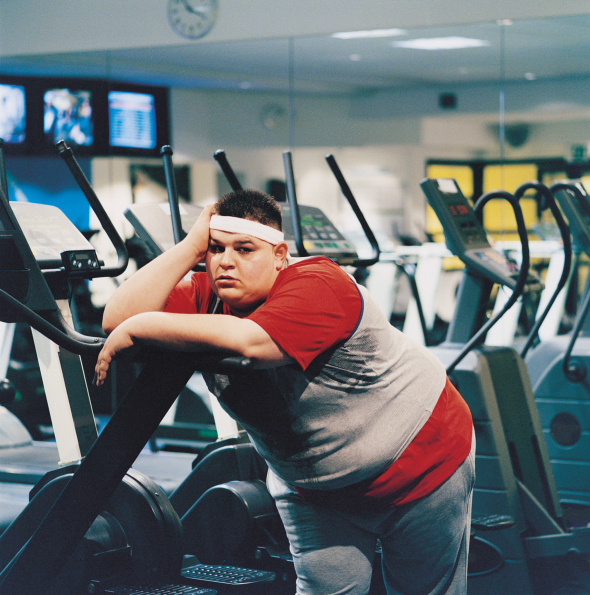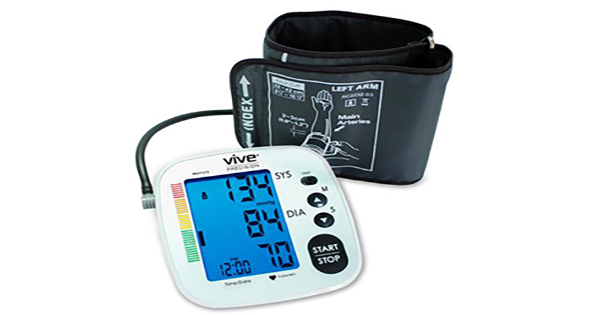LDL-P: How to lower small, dense LDL particles

The development of heart disease is associated with many risk factors. LDL cholesterol level is often used to determine if preventative treatment is needed, such as medication to lower levels in an effort to prevent heart disease.
However, research indicates LDL cholesterol alone is not necessarily a good determinant of risk. LDL particles vary in their content, size, and density. Not all LDL particles impact heart disease risk in the same way.
Light, fluffy versus small, dense LDL particles
LDL particles come in two main sizes: Large, fluffy particles and small, dense particles.
I had these particles explained to me once by picturing dump trucks on a highway. This helped me visualize the role of these different particles. Hopefully it’ll help you…
Picture the large, fluffy particles to be five large trucks transporting a full load on the highway. Now picture small, dense particles to equal twenty small, trucks with a full load on the highway. It takes twenty small trucks to carry the same load five large trucks can transport.
The more “trucks” (ie particles) in your system, the greater your heart disease risk.
Hence the reason it is beneficial to have large, fluffy particles (ie trucks that can carry a lot in fewer loads) versus small, dense particles (ie more trucks to carry the same load).
Continue reading
Boost Heart Health with High Intensity Interval Training

Short bursts of high intensity interval training may provide a more realistic alternative for preventing and managing Type 2 diabetes, as well as promoting weight loss, according to a paper published in Obesity Reviews.
This was a meta-analysis, meaning researchers searched databases to review multiple studies examining the effects of high-intensity interval training (HIIT) on specific health parameters. In this case, 50 studies were included in the research, paying particular attention to insulin resistance, blood glucose, hemoglobin A1c, body weight, and cardiorespiratory fitness.
Researchers found short bursts of vigorous activity in quick succession to be more “effective” when compared to longer forms of exercise in regards to how the body uses and stores blood sugar.
A majority of individuals diagnosed with type 2 diabetes are also classified as overweight or obese. Type 2 diabetes impacts your entire body: vision, kidneys, heart, etc. If you have high triglycerides, this is an indicator for greater risk for developing type 2 diabetes.
Treatment plans for type II diabetes, high triglycerides, and weight management included diet and physical activity.
The effects of exercise on the body’s insulin sensitivity and ability to utilize blood sugar are well proven. The effects of exercise on weight management is debatable.
Continue reading
Home Blood Pressure Monitor: A Review
 Monitoring blood pressure at home is one step you can take to supplement clinic monitoring for a more complete representation of your typical blood pressure throughout the day.
Monitoring blood pressure at home is one step you can take to supplement clinic monitoring for a more complete representation of your typical blood pressure throughout the day.
There are a wide variety of blood pressure monitors available. The American Heart Association, American Society of Hypertension, and Preventive Cardiovascular Nurses Association all recommend upper arm devices for greater accuracy. Avoid wrist and finger monitors.
When purchasing a home blood pressure monitor, it’s important you consult with your doctor or medical supply company to ensure you select an appropriate cuff size.
Vive Precision Blood Pressure Monitor
ViveHealth.com gifted me with a Vive Precision Blood Pressure Monitor along with compensation to review this device. That being said, all opinions in this review are my own.
The Vive blood pressure monitor comes with a large, easy to read display and is battery or AC power compatible. The product I received came packaged with the four AAA batteries needed. It did NOT come with the AC adapter. Looks like it requires a standard DC V6 adapter. I do like battery operated… one less cord to wrangle and the device notifies you if the battery power is getting low.
Where should heart rate after exercise fall?

Heart rate after exercise may be used as an indicator of your heart fitness.
Normal resting heart rate
According to the National Institute of Health, normal average resting heart rate should be:
- 60 – 100 beats per minutes for children 10 years and older, as well as adults/seniors
- 40-60 beats per minute for well-trained athletes
Target heart rate during exercise
For moderate intensity activities your target heart rate is 50 – 69% maximum heart rate. For vigorous activity levels your target heart rate is 70-85% maximum heart rate.
To calculate your target heart rate subtract your age from 220. This gives you your maximum heart rate. Now, multiple your maximum heart rate by 0.5 and 0.69 to obtain your target heart rate range for moderate intensity activities. Multiply your maximum heart rate by 0.7 and 0.85 to obtain your target heart rate range for vigorous activities.
Depending on your goal intensity – moderate vs. vigorous – your heart rate should fall within your target heart rate range during activities.
If you are typically inactive, set your goal for the lower end (50-60% maximum heart rate) and work your way up over time.
There are blood pressure medications that lower maximum heart rates. Discuss with your doctor if you currently take blood pressure medications. Your target heart rate zone may need to be adjusted.
Continue reading
Is it now considered okay to eat saturated fat from butter and tropical oils?
![saturated-fat[1]](https://www.lisanelsonrd.com/wp-content/uploads/2016/07/saturated-fat1.jpg) It’s no wonder so many of us are confused about healthy eating. Even the nation’s dietary experts keep changing their mind about what we should eat and what we should avoid. We asked USC School of Pharmacy Research Professor Roger Clemens to help remove some of the confusion surrounding healthy fats.
It’s no wonder so many of us are confused about healthy eating. Even the nation’s dietary experts keep changing their mind about what we should eat and what we should avoid. We asked USC School of Pharmacy Research Professor Roger Clemens to help remove some of the confusion surrounding healthy fats.
Q: What are the latest dietary guidelines regarding fat and cholesterol?
Dr. Clemens: The 2015 Dietary Guidelines Advisory Committee Scientific Report states that cholesterol is no longer a nutrient of concern. The available evidence shows no appreciable relationship between consumption of dietary cholesterol and serum cholesterol. This is consistent with the conclusion of the American Heart Association and American College of Cardiology report.
Q: Can you explain this change in thinking over the past several decades?
Dr. Clemens: Nutritional science is dynamic. In the 1980s, the Dietary Guidelines suggested consumers avoid too much total fat and saturated fat. Over time, total fat guidelines have been upwardly adjusted with the 2010 Guidelines suggesting diets with up 35 percent of daily calories from fat. The 2015 executive summary suggests no upper limit for total fat consumption. Saturated fat guidelines have similarly evolved and now suggest including up to 10 percent in a healthy diet, and replacing saturated fat with polyunsaturated and mono-unsaturated fat. This thinking may still be changing, however. Current evidence does not clearly support cardiovascular guidelines that encourage high consumption of polyunsaturated fatty acids and low consumption of total saturated fats.
Continue reading
Triglycerides: What Fat and Sugar Have in Common
 Holiday splurges can result in more than extra weight to shed in the New Year. Sweet cookies, pies, and candies all rich in fat, along with excess alcohol and calories can lead to a spike in triglyceride levels. This increase in triglycerides may put you at increased risk for heart disease.
Holiday splurges can result in more than extra weight to shed in the New Year. Sweet cookies, pies, and candies all rich in fat, along with excess alcohol and calories can lead to a spike in triglyceride levels. This increase in triglycerides may put you at increased risk for heart disease.
In the Q&A section below, Lorraine Matthews-Antosiewicz, registered dietitian and author of 10 Days to Sugar Free: Sugar Detox Survival Guide, has answered questions regarding the relationship between triglycerides, sugar, and fat.
What are triglycerides?
Triglycerides are a type of fat that come from food, and your body also makes them. They are the most common type of fat found in the body. Triglycerides are continually circulating in the blood ready to be metabolized to provide a source of energy when needed, but their main function is to store energy for later use. When you consume more calories than your body can use, it converts the excess into triglyceride and stores it in fat cells. Fat cells hold the triglyceride molecules until your body needs energy between meals. Hormones signal the fat cells to release the triglycerides for your body to use.
Why do triglycerides matter?



